
Hayfield trial in Wageningen
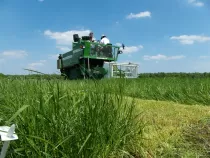
For a few years in a row, N-xt Fertilizers is involved in a comprehensive trial in Wageningen where N-xt fertilisers are compared with CAN in combination with liquid manure. This is about the growth of the crop, the quality of the product, which is analysed comprehensively, and developments in the soil.
The following photos provide a picture of the objects and the harvest.


Evidence
Three years of research in Wageningen demonstrate that N-xt actually contributes to improved soil biology. Various measurements after every cut have been performed to compare the efficiency of nitrogen from N-xt with CAN. This shows some serious differences per kg produced dry matter.
The following graph shows (after 3 years) the yield differences per cut
The following graph represents the effective production per kg N. This is the total including liquid manure. The bottom graph shows that if we filter out the liquid manure, the effectiveness of nitrogen from fertiliser is the only thing that remains. This clearly shows the effectiveness of a kg nitrogen from N-xt Fertilizers compared with CAN.
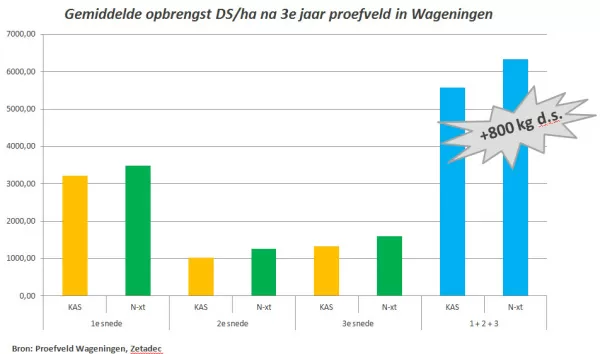
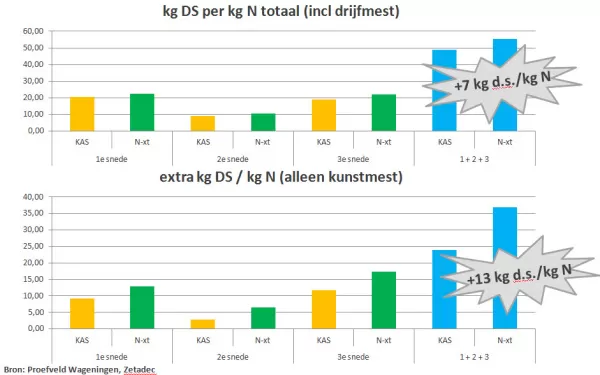
Results from 2014:
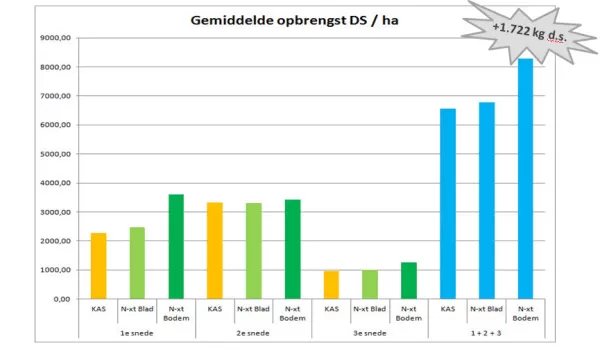
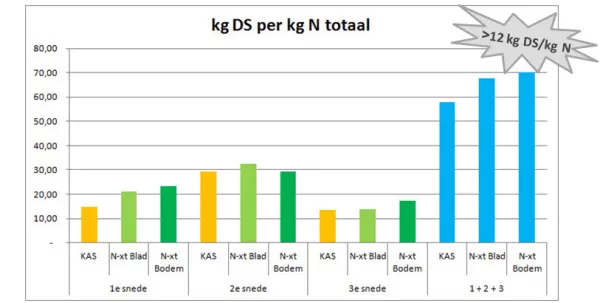
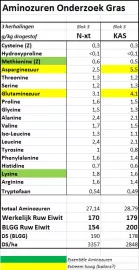
Quality roughage
An independent laboratory (Nutri-Control) has been asked to study the protein quality of the grass. This study was carried out with the grass of the trial field in Wageningen.
The following chart shows the results. The most important conclusion that fits with findings from the field is that the actual raw protein is much higher than the calculated value. This means grass fertilised with N-xt contains a more effective protein, which means the cow does not have to process 'ballast'.
Soil biology - Vegetable matter
N-xt works like vegetable matter for the soil and this has a number of benefits:
- It does not damage soil life and the processes required for soil life
- N-xt fertilisers contain carbon, which give it a much more organic character
- It creates a natural balance
It is important that we use soil life to feed our crops. This is only possible when we start to consider our fertiliser types from a different point of view.
N-xt Fertilizers has had studies performed to investigate the effect of three years of N-xt fertiliser use on soil biology. The following chart shows some clear results.









